A Tulip and a Supernova
In these short summer nights, I want to take advantage of every moment of darkness. Right now, the galaxy M100 is up in the hours before midnight, and the “Tulip Nebula” – formally SH2-101 – rises just as M100 sets.
So for this past week, I’ve been imaging both objects. But no more clear skies are forecast for the forseeable future, so it’s time to process the data I’ve got.
So, let’s start off with the pretty pictures:
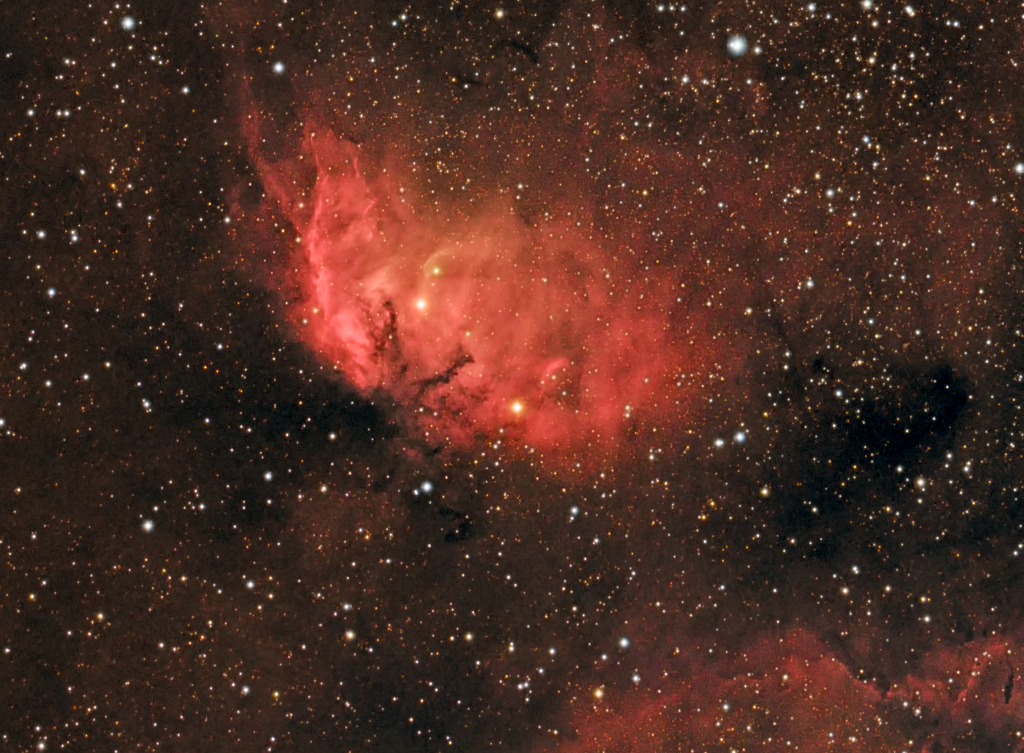
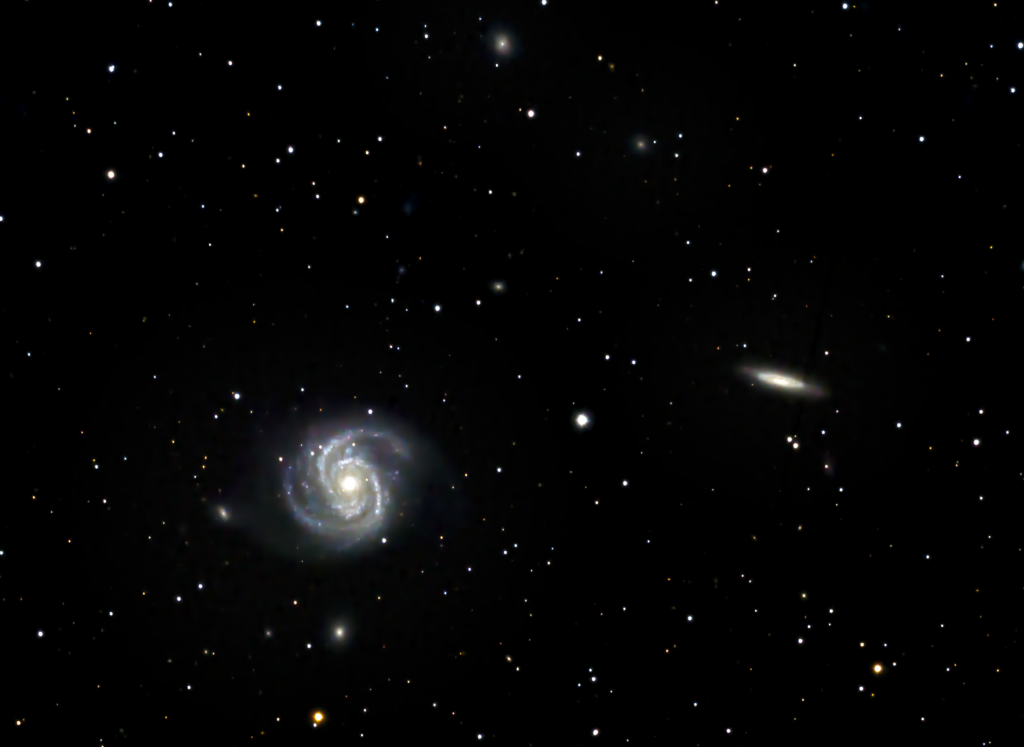
Alright, so the Tulip Nebula is your typical yet gorgeous emission nebula. It’s a big region of Hydrogen gas, and you can see a whole bunch of young stars being born out of it. And at this angle, it kind of looks like a tulip 🙂
But let’s talk about that M100 image. It may not be the prettier picture of the two, but there’s a lot going on in there!
First of all, there are several galaxies in there, not just the spiral M100. None of them have exciting names, but they’re pretty easy to spot. I always love it when other galaxies “photobomb” the galaxy you’re trying to take a picture of. M100 is in the Virgo supercluster of galaxies, and it’s humbling to imagine how many trillions of stars and solar systems exist within this little patch of sky.
But wait, there’s more! There’s a recently discovered supernova inside M100 as well. Here’s a version of the image with an inset showing you where it is:
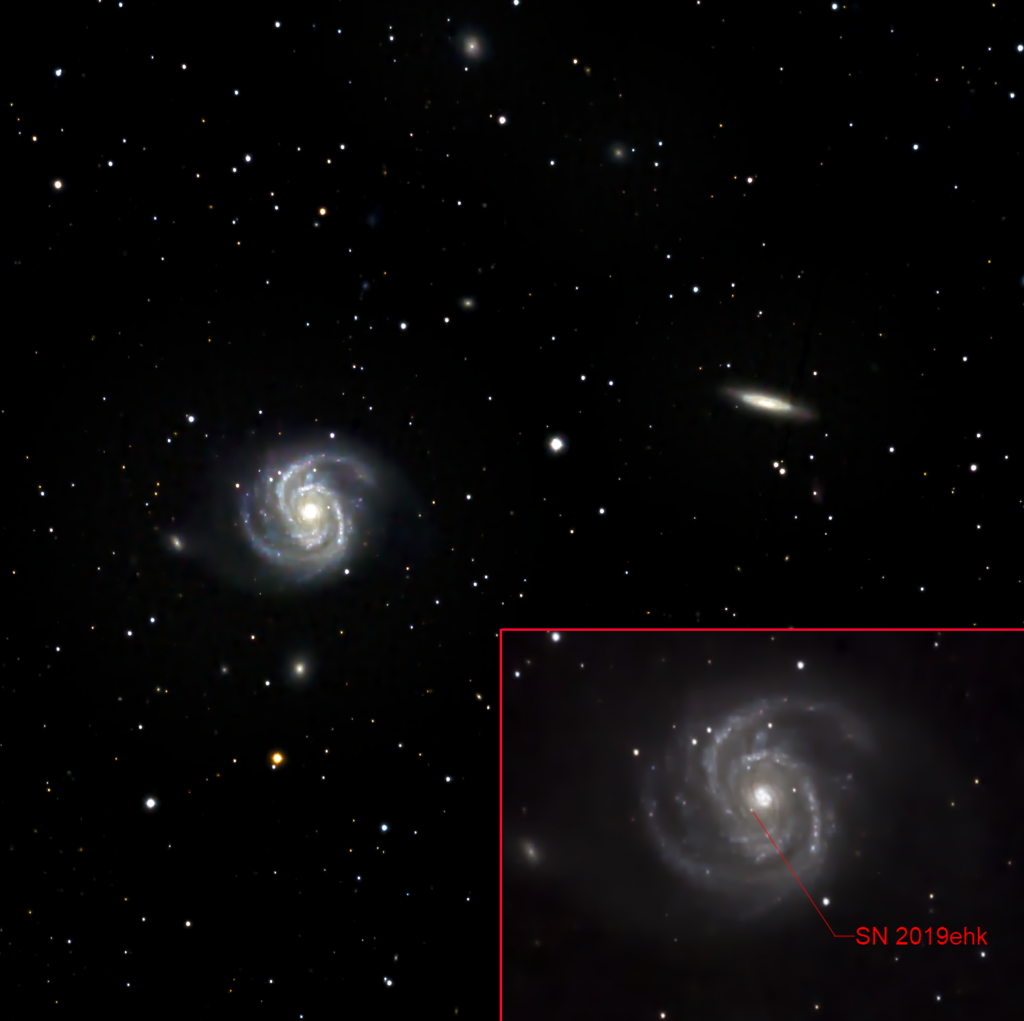
That’s a star – in a galaxy far, far away (55 million light-years to be precise) – that blew up and became so bright that we can see it from here. Let that sink in a bit.
And even cooler – this supernova was just discovered about a month ago, by an amateur astronomer in Poland.
Kerri also had some fun in Photoshop with my Tulip Nebula image: 🙂
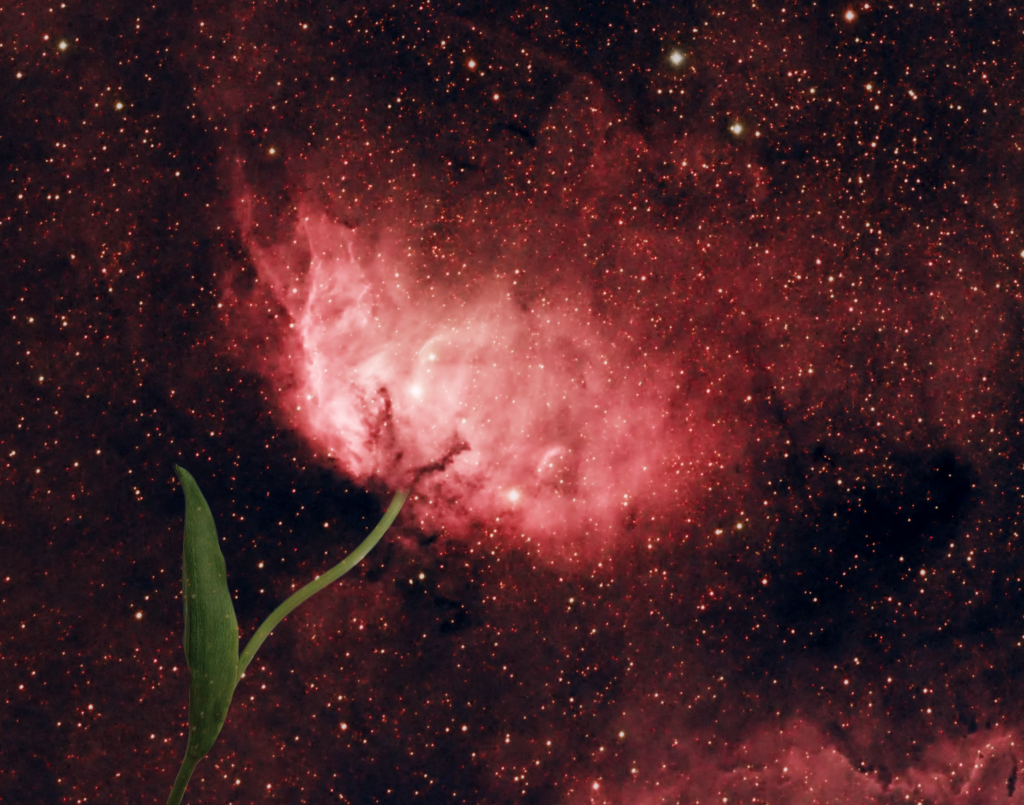

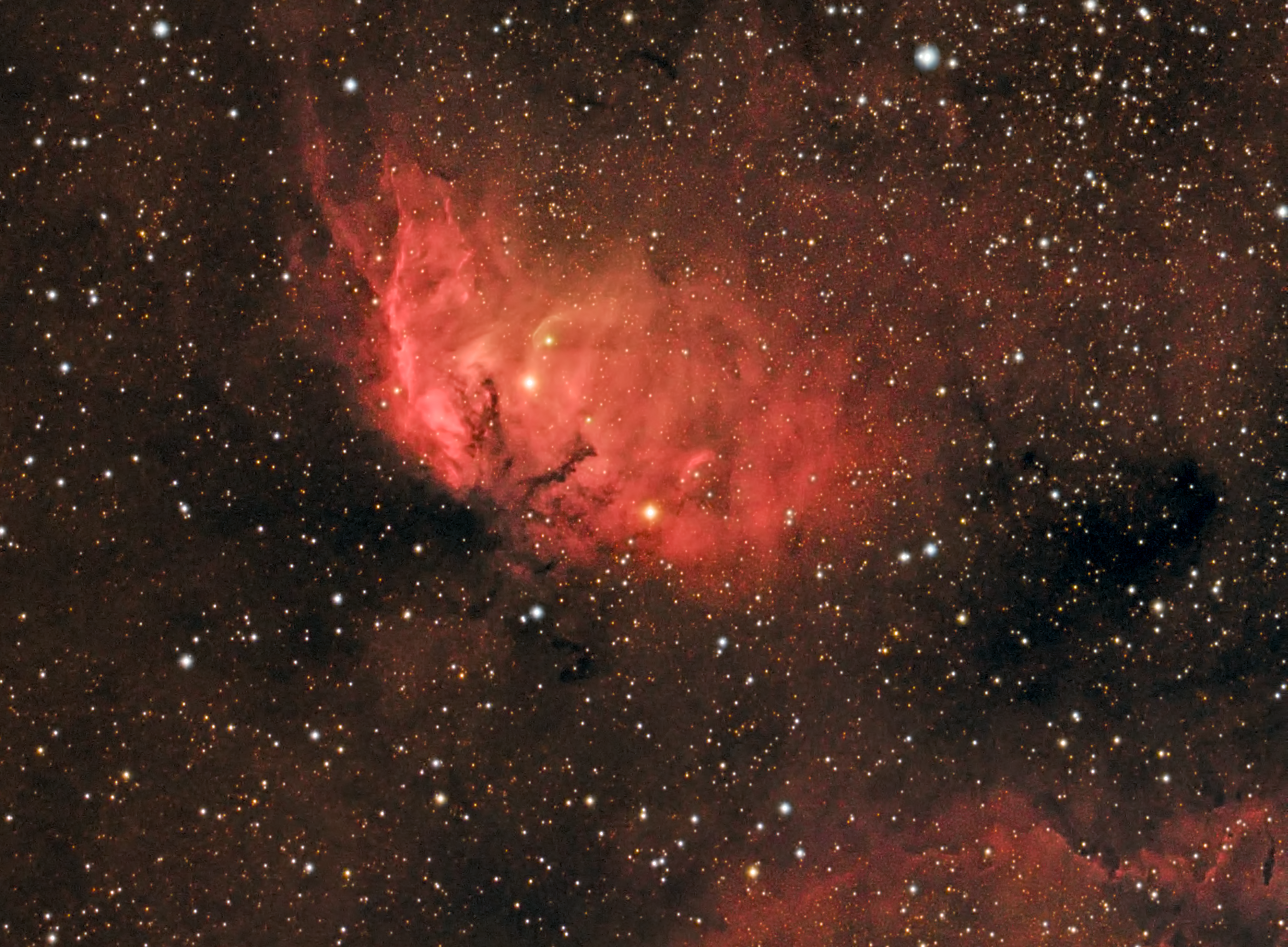
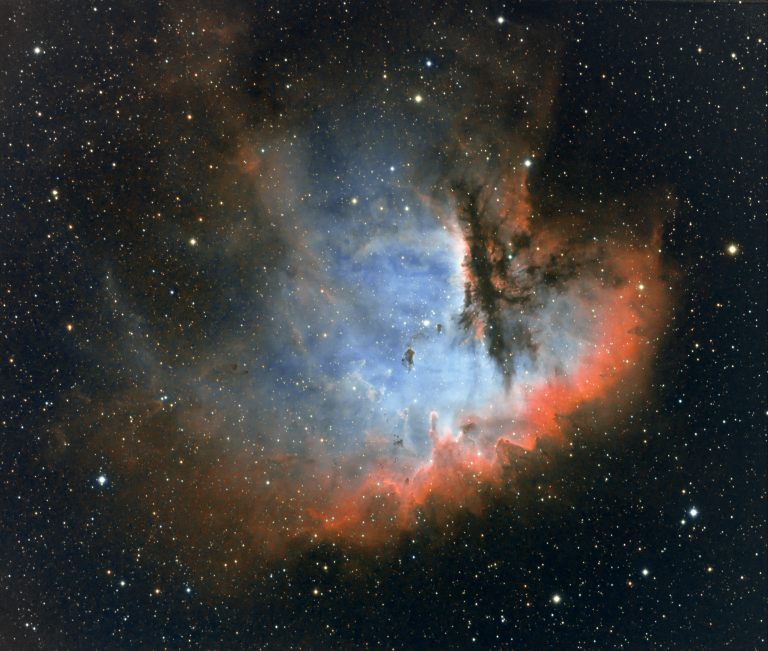
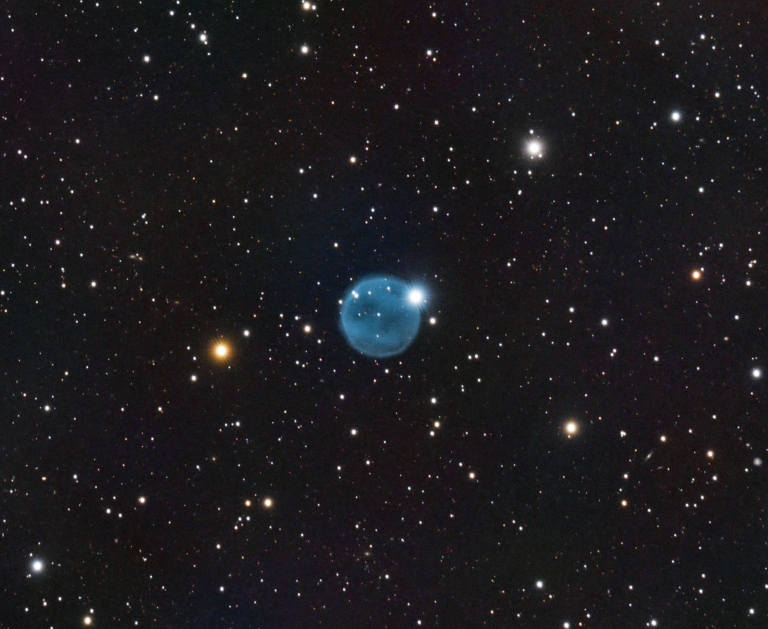
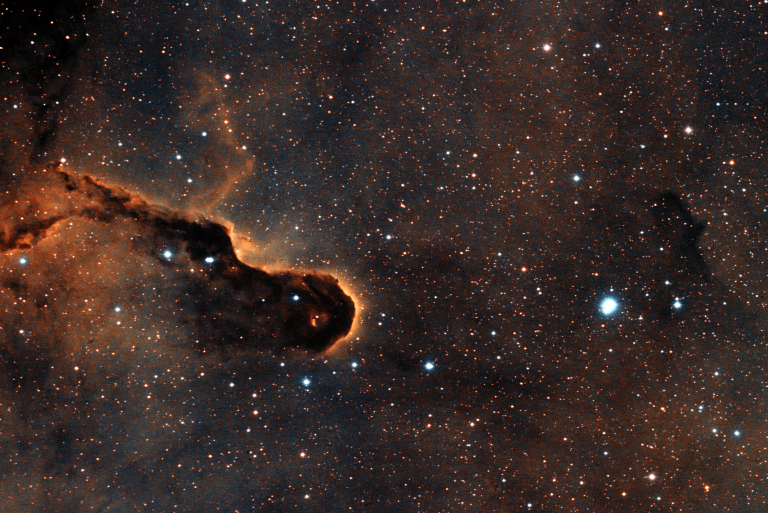
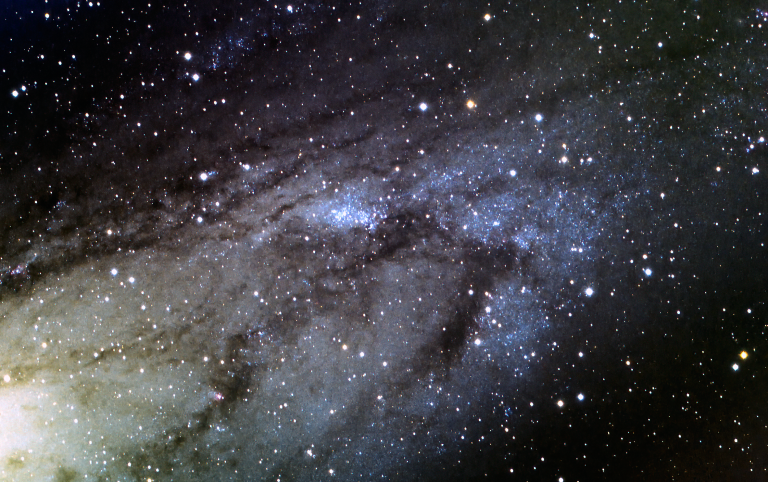
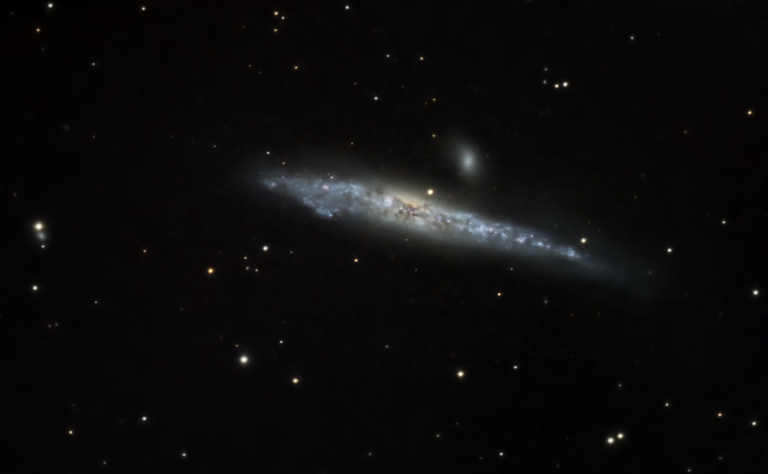
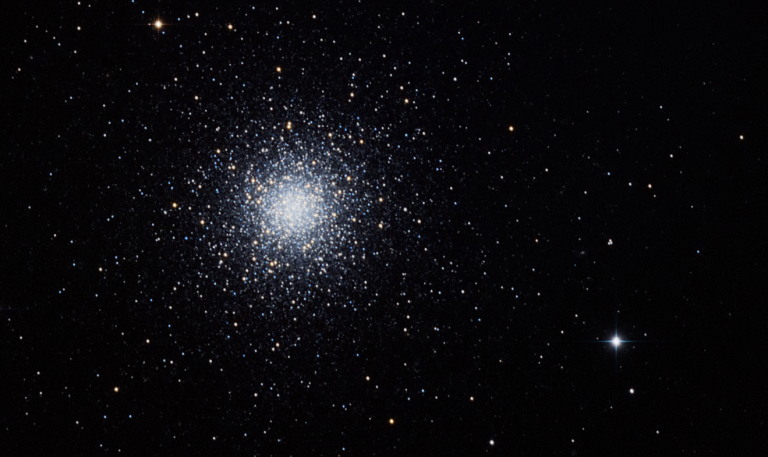
I think these images are mind numbingly amazing. What boggles my mind more than the distance and numbers is the fact you took these images with commercially available kit in your back yard.